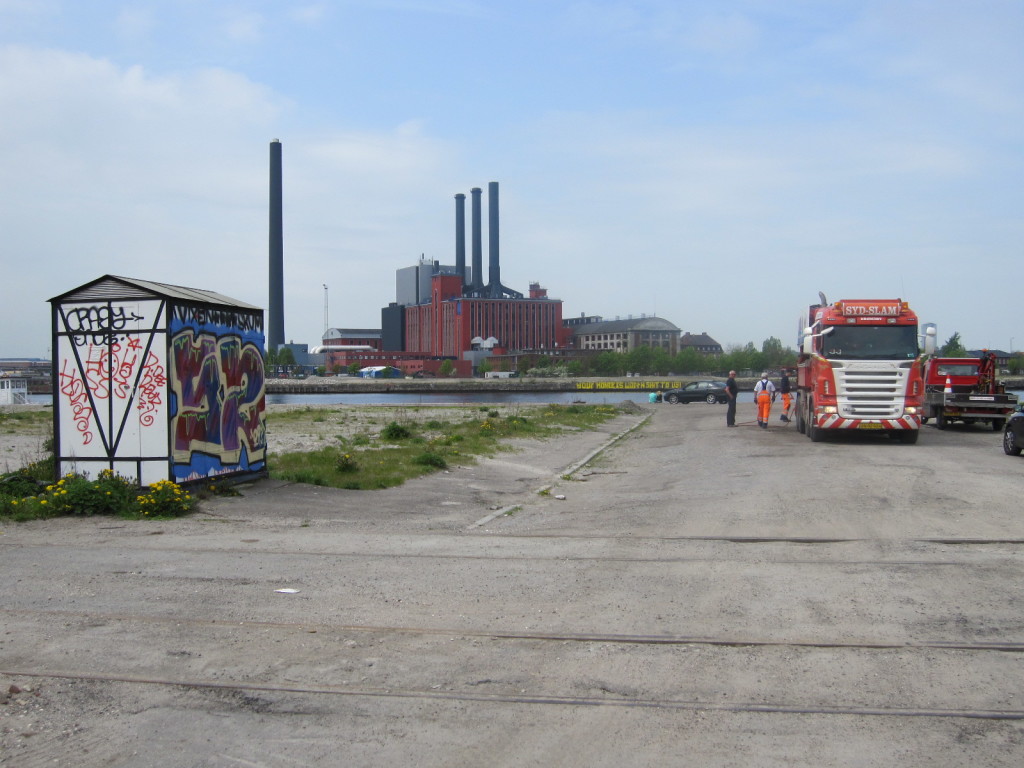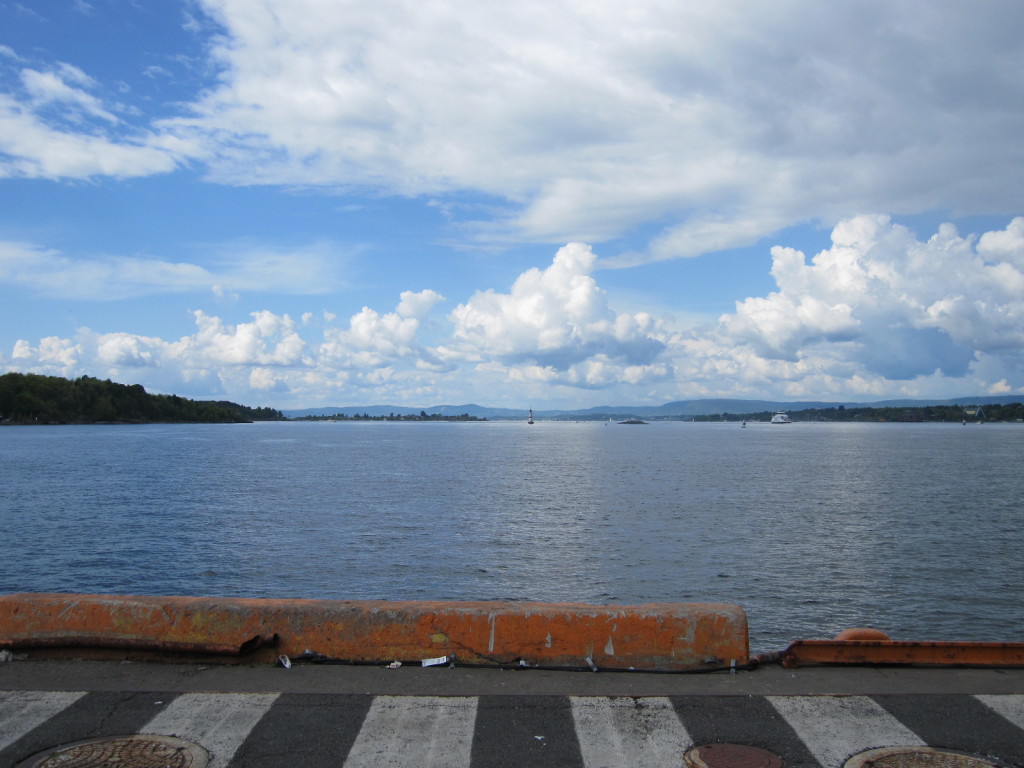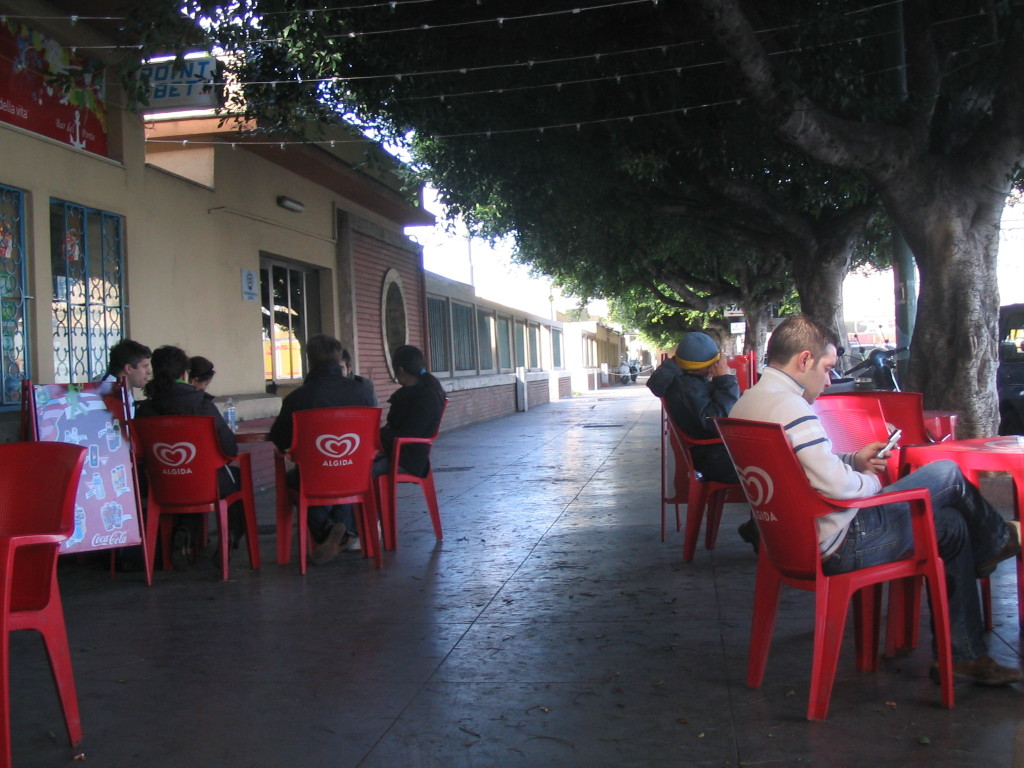This column will invite you over the forthcoming issues of PORTUS to apprehend port cities in a landscape perspective – something that hasn’t been done so far. Landscape, generally speaking, is a rather unknown and often misunderstood concept. In this article let us sketch out a definition of it and what it does when we apply it to port cities and their harbour transformation projects.
Contemporary scholars posit landscape as one possible way of looking at space. The German landscape researchers Hille von Seggern and Julia Werner explain that “this means not only that natural spatial conditions and nature processes are considered alongside and on an equal footing with human and man-made processes, but also that we abandon the categories of natural and artificial. By considering space from the viewpoint of landscape, we stress both the way in which landscape is perceived as a whole that integrates many aspects yet is still not clearly definable, as well as the fundamentally positive connotation of landscape. The perspective of landscape also emphasises the relevance of the ‘ground’ and the long-term effects of climate, water, soil and vegetation dynamics.” The researchers point out that the concept of landscape has since long overcome its popular association with picturesque sceneries of gardens, meadows, valleys and mountains in order to become the vector of an action-oriented scrutiny of space at smaller and larger scales, including the big scale of urban and regional planning.
The foundation for such a holistic and dynamic understanding of landscape has been laid by the American writer John Brinckerhoff Jackson in the 1980s. He traces back the evolution of landscape understandings, calling the medieval meaning of landscape as a territorial or political unit ‘Landscape One’ and the romantic concept of landscape as a scenery or an Arcadian picture ‘Landscape Two’, pointing out that the latter understanding still haunts today’s ideas of landscape while hindering the rise of an urgently needed new landscape understanding which according to him should embrace landscape as “no more than a collection, a system of man-made spaces on the surface of the earth”, or ‘Landscape Three’.
As the forthcoming issues of this column aim at investigating harbour transformation projects, interventions in space, let us follow U.S. landscape architect and scholar James Corner in understanding landscape not only as a product of culture but also and especially as an agent producing and enriching this culture: “Landscape as noun (as object or scene) is quieted in order to emphasize landscape as verb, as process or activity.” Corner proposes to shift our attention from the formal characteristics of landscape, its simple appearance, to its formative effects over time, to how it works and what it does.
Looking at harbour transformation from a landscape perspective invites us to consider every port area’s peculiarities as a product of culture, and the respective design projects as (trans)formative processes, as agents having an effect on this culture. This might appear strange at a first glance as ports are commonly not considered as landscapes. Motivated by industrial rationales ports just as other heavy industrial facilities have been installed to fulfil production and logistic tasks. They are generic isolated devices, without history, without aesthetics. The landscape perspective, however, breaks with this isolated view. While relating the generic apparatus with its geography, its people and its history it reveals what the industrial rationale overlooks: the port area’s specificities. Under a landscape perspective, each port area, each port city can be seen as a small part of a bigger puzzle, and it can furthermore be understood as a transient state of this space over its long evolution, from the tectonic shifts that have brought about a bay, a river or a delta where people created the first mooring places which they then developed into the port city of today and will further develop into the metropolitan port region of tomorrow. Under a landscape perspective, ports are very specific sites at precise moments in time. We can perceive them as cultural goods we want to shape, to ‘landscape’.
 Harbourscape in Copenhagen. ( © L. Diedrich 2011)
Harbourscape in Copenhagen. ( © L. Diedrich 2011)
 Harbourscape in Oslo. ( © L. Diedrich 2010)
Harbourscape in Oslo. ( © L. Diedrich 2010)
 Harbourscape in Palermo. ( © L. Diedrich 2008)
Harbourscape in Palermo. ( © L. Diedrich 2008)
References
Corner, J. (1999). Recovering Landscape as a Critical Cultural Practice. Corner, J. (ed.). Recovering Landscape. Essays in Contemporary Landscape Architecture (New York: Princeton Architectural Press), 1-26
Jackson, J. B. (1984). Concluding with Landscapes. Jackson, J.B. Discovering the Vernacular Landscape (New Haven: Yale University Press), 145-157
Seggern, H. v., J. Werner and L. Grosse-Bächle (ed.) (2008).Creating Knowledge: Innovation Strategies for Designing Urban Landscapes (Berlin: Jovis)